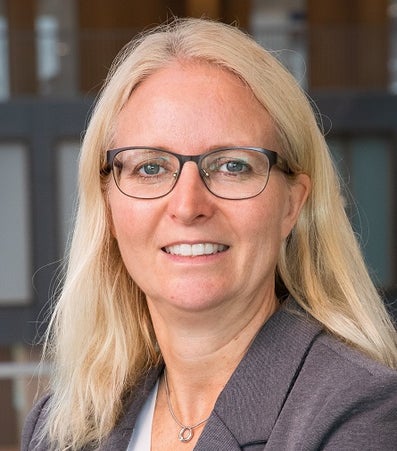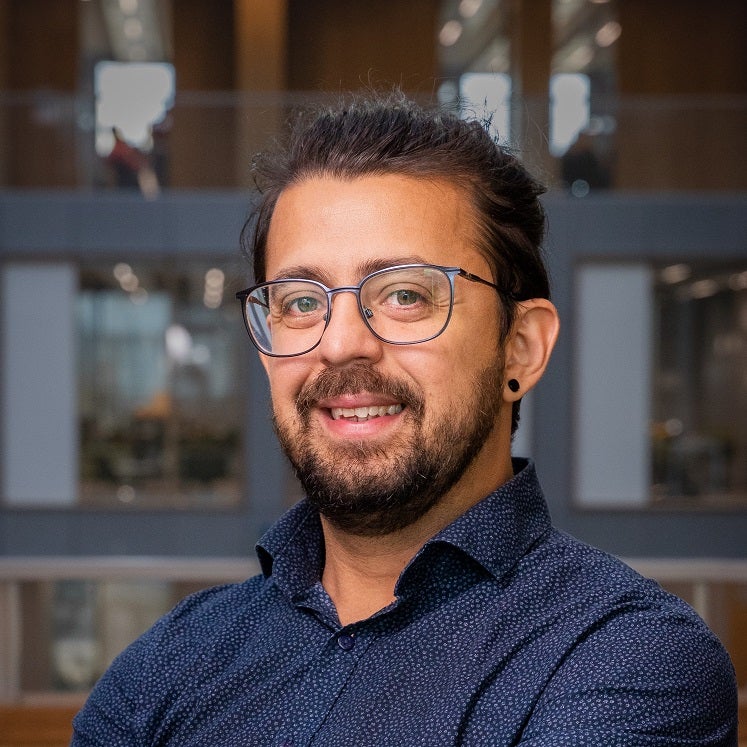Educating students through a Community Service Learning approach fosters deeper understanding of course material, personal growth, and social responsibility. Because of these features, CSL is incorporated in the VU strategy as part of A Broader Mind.
Teach career-oriented skills and societal engagement
CSL equips students with a wide range of skills that are crucial for their future careers, such as critical thinking, problem solving and cultural understanding. At the same time, CSL enhances students’ societal engagement. It creates a sense of ownership and empowers them to become change agents, driving positive transformations in society.
Easy implementation through tailored support
Community Service Learning is integrated in all VU faculties and can be modified to most courses with a practice-related component. You, as a lecturer, do not have to reinvent the wheel; the CSL team provides support, from orientation phase, to identifying societal challenges that match your course objectives, to practically implementing CSL activities. Next to years of experience across disciplines, the CSL team has a network of community partners, and offers year-round workshops, learning labs, practical tools, and more. Find details on support offerings below.
Photo: ©Florencia Jadia



